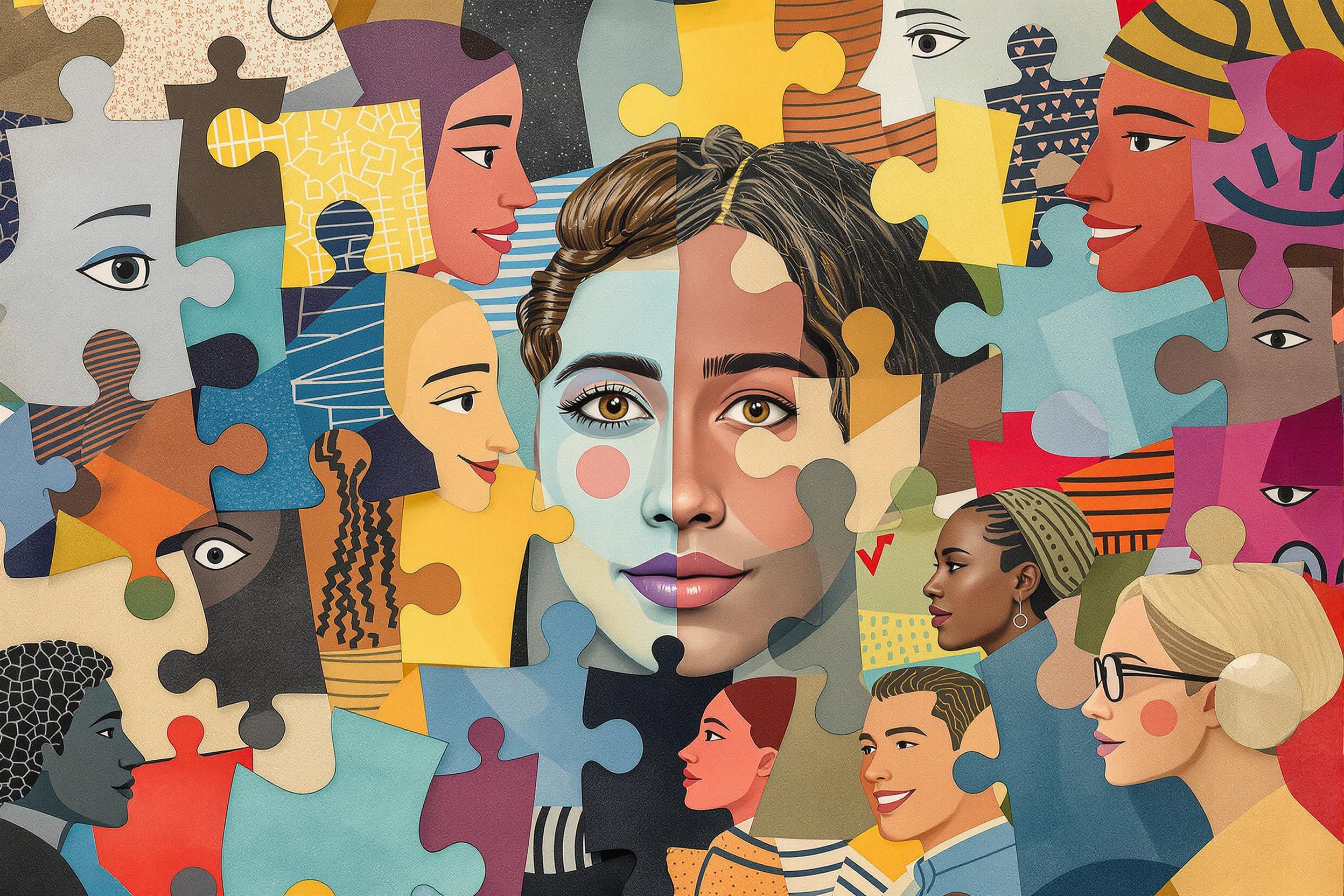
Food Props
Food Props are specially crafted artificial food items used in movies, TV shows, theater productions, and photography. Unlike real food, these props are designed to look perfect and stay fresh under hot lights and through multiple takes. They can be made from various materials like silicone, resin, or foam, and are created by skilled craftspeople who understand both food appearance and prop-making techniques. Similar terms include "fake food," "artificial food props," or "food replicas." These items are essential in productions where real food would spoil, melt, or change appearance during lengthy filming sessions.
Examples in Resumes
Created durable Food Props for a major network cooking show that lasted multiple seasons
Designed and fabricated Food Props and Fake Food displays for restaurant chain advertisements
Led team of artists in creating hyper-realistic Food Props and Food Replicas for feature film banquet scenes
Typical job title: "Food Prop Artists"
Also try searching for:
Where to Find Food Prop Artists
Professional Organizations
Online Communities
Job Resources
Example Interview Questions
Senior Level Questions
Q: How do you manage a team and budget for a large-scale food prop project?
Expected Answer: Should discuss experience with team leadership, cost estimation, material sourcing, timeline management, and quality control across multiple prop pieces. Should mention collaboration with art directors and production designers.
Q: How do you handle challenging requests for food props that need special effects (like steam or movement)?
Expected Answer: Should explain problem-solving approaches, integration with special effects teams, knowledge of safe materials and mechanisms, and experience with complex prop requirements.
Mid Level Questions
Q: What materials do you typically use for different types of food props, and why?
Expected Answer: Should demonstrate knowledge of various materials (silicone, resins, foams) and their appropriate uses, durability considerations, and appearance under different lighting conditions.
Q: How do you ensure food props match reference photos or real food items?
Expected Answer: Should discuss color matching techniques, texturing methods, research process, and attention to detail in replicating real food appearances.
Junior Level Questions
Q: What basic tools and materials are essential for food prop making?
Expected Answer: Should be able to list fundamental sculpting tools, molding materials, paints, and safety equipment needed for basic food prop creation.
Q: How do you maintain cleanliness and organization in a prop workshop?
Expected Answer: Should understand basic workshop safety, material storage, cleanup procedures, and organization systems for projects and materials.
Experience Level Indicators
Junior (0-2 years)
- Basic molding and casting
- Paint application and color matching
- Simple prop creation from reference
- Workshop safety and cleanliness
Mid (2-5 years)
- Advanced material knowledge
- Complex food prop creation
- Working with art directors
- Budget management for small projects
Senior (5+ years)
- Team leadership
- Complex project management
- Innovation in techniques
- Client relationship management
Red Flags to Watch For
- No physical portfolio of previous work
- Lack of knowledge about food appearance and textures
- No experience with safe material handling
- Poor understanding of production timeline requirements
Related Terms
Need more hiring wisdom? Check these out...

The Gig Economy Is Here: How to Prepare and Prosper

The Magnetic Pull of Social Proof: How to Make Candidates Flock to Your Company

Workforce Solutions Aggregators: The Next Big Thing You Didn't Know You Needed

